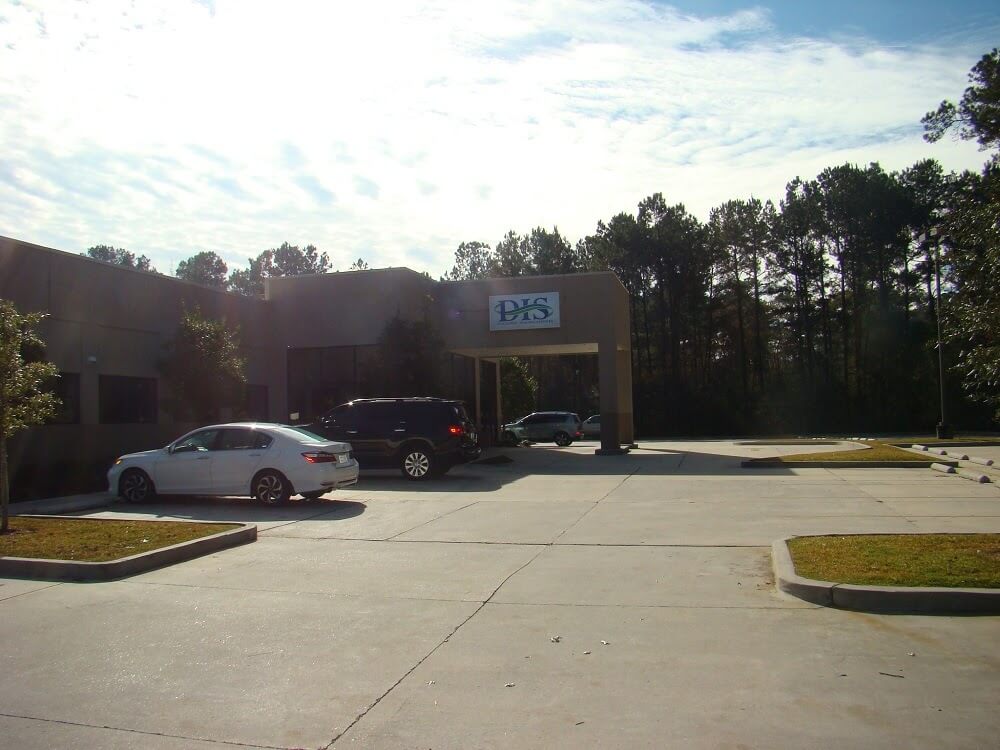
Covington LA 70433
Monday-Friday 8:00 a.m. – 5:00 p.m.
About Our Location
Diagnostic Imaging Services – Covington Hwy 21 is located north of Interstate 12, between North Marigold Drive and North Azalea Drive, approximately 1.5 miles southwest of St. Tammany Parish Hospital.
Diagnostic Imaging Services is the premier outpatient imaging center in Covington, offering an array of advanced imaging services, typically at much lower out-of-pocket costs to the patient. We offer premier women’s imaging as well as MRI, CT, Nuclear Medicine, Ultrasound, Bone Density and X-Ray. Patients love us not only for our lower costs, but for our friendly staff and fast scheduling as well. And our referring physicians continue to use us for our trusted, high image quality, expert results, and customer service.
Services Provided
Most Recent Reviews


